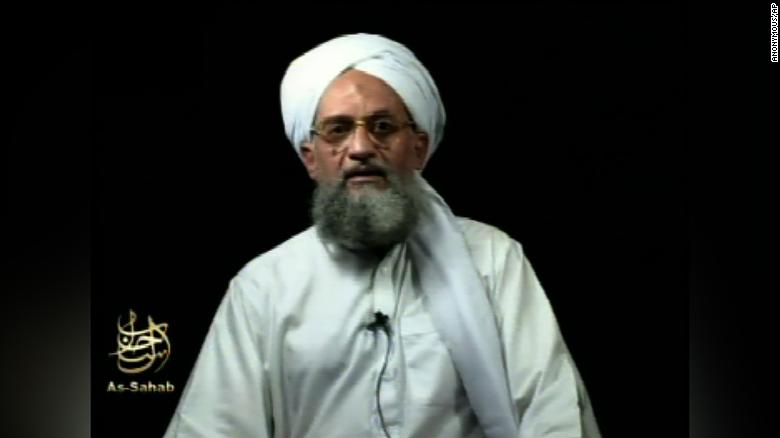On August 1 last year, the United States announced that Ayman al-Zawahiri, the leader of the Al-Qaeda network, was killed in an American drone attack in Kabul. Despite domestic and foreign reactions to the news, the Taliban has yet to confirm his death in that attack, leaving unanswered questions about how the high-profile leader managed to find refuge in one of the supposedly safest parts of Kabul.
The incident took place at 6:18am on Saturday, July 30, 2022, when two missiles struck a building in Shirpur in downtown Kabul. The Taliban attributed the attack to American drones conducting an airstrike in the city. Three days later, US President Joe Biden declared during a press conference at the White House that the top Al-Qaeda figure had been killed in the operation.
US intelligence officials revealed to Reuters that Ayman al-Zawahiri was on the balcony of the house he was hiding in in Kabul when the American drone fired two Hellfire missiles at him, utilizing precision targeting capabilities synonymous with US anti-terrorist operations. The intelligence community had reportedly been monitoring Zawahiri for years before successfully identifying his location in a safe house in Kabul.
In a significant blow to Al-Qaeda, the airstrike eliminated Zawahiri, but his wife, daughter, and grandchildren survived the attack.
The circumstances of how Zawahiri reached the supposedly secure area of Kabul remain a subject of interest and concern. Some sources suggest close ties between Al-Qaeda and Taliban leaders, while others point to their denial of any relationship with the terrorist network.
A year has elapsed since the incident, yet Al-Qaeda has not officially confirmed Zawahiri’s death nor has the group announced a successor to lead the network. Following the death of Osama bin Laden in 2011, Zawahiri took over the reins of the terrorist organization.
“Al-Qaeda’s ties are close with (Taliban leader) Sheikh Hibatullah and other Sheikhs,” said Sami Sadat, former special forces commander now in the US. “Osama’s elder son Abdullah bin Laden is living in Kandahar and has close ties with Hibatullah and holds meetings with him.”
Sadat said Saif ul Adl, the current leader of Al-Qaeda, who was in Iran previously, is also in Kandahar but “sometimes goes to Iran. Al-Qaeda’s leader in India known as Abu Zar who is from Peshawar is in Kandahar and provides consultations to Hibatullah continuously.”
The US government had placed a $25 million reward for Zawahiri’s capture, given his prominent role and involvement in the group’s major attacks.
Born on June 19, 1951, in Cairo, Egypt, Zawahiri was from a prominent family and initially faced imprisonment as a teenager due to his association with the Muslim Brotherhood. Later, he became an ophthalmologist and practiced in Cairo before rising to prominence in Al-Qaeda.
As the first anniversary of Zawahiri’s death passes, the question of Al-Qaeda’s leadership remains uncertain. The US attack dealt a severe blow to the militant group, comparable to the death of its founder, Osama bin Laden, a decade prior.
Many American senators and senior military commanders believe that Al-Qaeda might seek revenge and keep security forces vigilant against potential threats. As the world awaits any formal confirmation from the terrorist group, concerns persist about the future direction and potential resurgence of Al-Qaeda in the wake of Zawahiri’s death.





